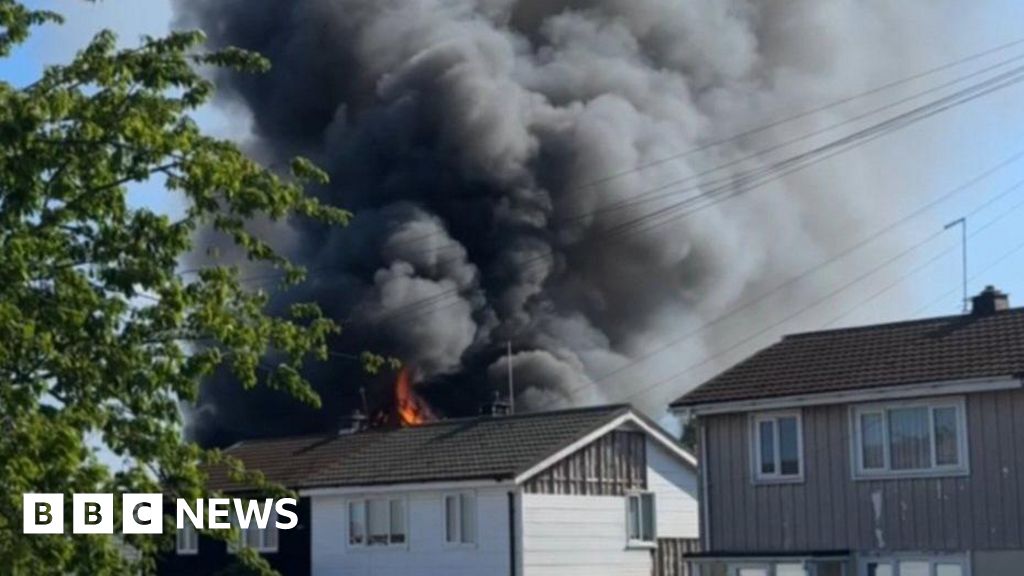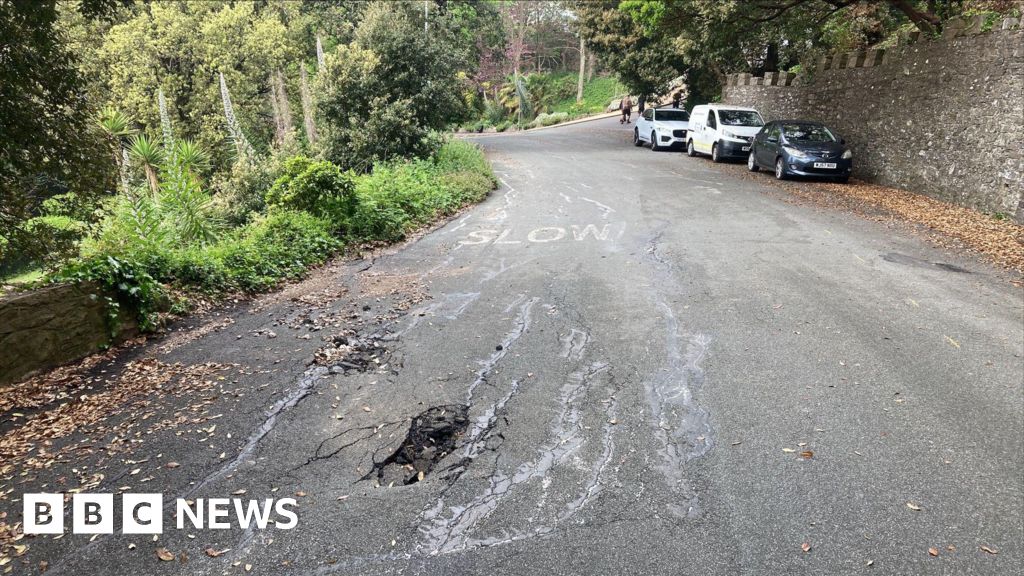How Much Will Installing a Panic Room Cost You?
Over the last decade, the number of Americans actively preparing for disaster has skyrocketed. According to FEMA data, the number of self-identified “preppers” has nearly doubled since 2017, reaching 20 million. Part of that preparation sometimes includes a “panic room” or bunker to keep themselves safe in an emergency.
While custom-built, multi-room underground shelters with advanced security systems can cost hundreds of thousands of dollars (or more), simpler pre-fabricated options installed above-ground can be much more affordable and accessible.
So, how much will installing a panic room really run you? Below, we break down potential costs involved and the factors that influence them.
A growing concern over civil unrest, crime, and worsening natural disasters has driven many Americans to consider investing in emergency preparations like a panic room. A 2023 Finder survey found that 29% of U.S. adults spent a collective $11 billion on emergency preparedness in 12 months.
A dedicated space, like a panic room or bunker, allows you to stockpile necessities and stay protected from the outside world in times of chaos. For disaster-prepared homeowners, having this access can provide comfort and security for themselves and their families.
Colorado-based general contractor Chris Hock, owner of Earth Saving Solutions and Colorado Homes and Design, says he hasn’t had the opportunity to build a panic room yet, but they frequently appear in his social media feeds.
“I’ve done quite a bit of research on [panic rooms] over the years,” Hock said. “I’ve seen homes with extensive food storage and a growing demand for backup power. Solar systems with backup batteries have been particularly relevant in Colorado.”
Panic room costs can drastically differ from one project to the next, ranging from a few thousand to a few million dollars. The price ultimately depends on project scope, materials, and desired features. Here’s what you can expect to pay for different types of panic rooms, based on data from Home Guide.
Because panic rooms aren't cheap, before you contract with an expert to build it, consider how you might pay for that and if you'll need to take out a loan.
As with any construction project, your preferences and specifications can greatly impact the total cost of a panic room. The more protection and safety features you want, the more expensive your build will be, said Hock.
“You have to think about the complexity of materials, design choices, and ongoing maintenance,” he said.
Here are a few key factors that might drive up your total cost.
Many panic rooms and bunkers are made of steel, but safely burying them underground requires reinforced concrete. Ryan Meagher, pre-construction manager at BVM Contracting, said that concrete is typically the biggest material cost involved in an underground panic room build. The average cost of concrete walls is $90 to $320 per linear foot, so the larger your structure, the higher your costs will be.
“Understanding how much concrete will be needed and the type of reinforcements needed will be an important cost consideration,” Meagher said.
Meagher said utilities are a big cost consideration for a panic room or bunker, including backup power for electricity in the case of a power outage, plumbing and fresh water supply, ventilation, and HVAC.
Greenhouses, which are ideal for self-sustainability, can range from $2,500 to $15,000, plus additional lighting and watering systems.
“Adding elements like hydroponics for growing food underground is possible, but you need to consider the necessity of these features based on your budget,” Hock said.
Hock noted that building a panic room or bunker into a new construction project is much easier than adding one to an existing property.
“If the bunker is part of the original home design, the project costs can be much more reasonable from the start,” he explained. “Additionally, the amenities will be better integrated, and the owners and their families will potentially be safer.”
Hock said it’s still “absolutely feasible” to retrofit an existing home with an above or below-ground panic room—though the cost and complexity of your project will increase.
“Lots of testing will be necessary,” he added. “Consider water tables, soil testing, city codes, and property lines.”
No matter what type of panic room project you’re interested in, it’s wise to work with a professional who has experience in these types of home renovations to ensure your panic room is built correctly.
“Make sure you have detailed architectural drawings,” Meagher said. “Working with an architectural partner that has experience specifying the correct wall configurations and other details for your panic room is paramount in having the construction executed properly.”
Once you find a contractor, Hock advised communicating clearly with them about the intended purpose of your panic room, as this can inform which features are most important to the build.
“Understand why you want this space, whether it’s for natural disaster protection, home invasion security, or long-term self-sufficiency in the event of nuclear fallout,” he said. “Budget realistically and prioritize quality to ensure your safety and peace of mind.”
Finally, you'll have to decide how to pay for your project, whether it's cash, a home improvement loan, a home equity line of credit (HELOC), credit cards, or a combination of options.
The Bottom Line
For some Americans, no price is too high to protect their family and property. A panic room or bunker can give you peace of mind about your security and ability to navigate an emergency situation. As with any construction project, it’s important to assess your needs, budget, and available options to understand all the costs involved in building your panic room.













